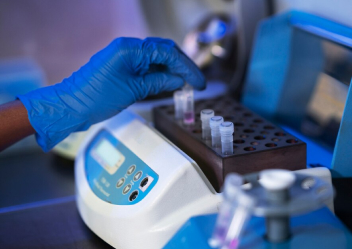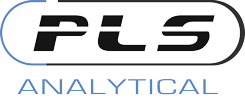Total Organic Carbon Analysis
Would you like to examine the levels of organic compounds in pure water? All you need is total organic carbon analysis, a crucial microbiological testing technique to determine the total amount of organic carbon in aqueous systems.
Organic carbon is a critical component of living organisms. Hence, its measurement provides valuable insights into the biological activity and nutrient availability within a microbial ecosystem. You can undergo this process to study microbial growth and metabolic activity in environmental samples and water quality assessment.
Are you wondering how to monitor the effectiveness of your water treatment process? If so, PLS Analytical can help with your concern. Contact our experts for more information.

Our Advanced Tools and Techniques for TOC Analysis
At PLS Analytical, we follow comprehensive methods for this valued analytical technique. These involve -
High-Temperature Combustion: This method involves heating the sample to high temperatures in the presence of oxygen, converting organic carbon to carbon dioxide. Once done, we quantify the resulting carbon dioxide using infrared spectroscopy or gas chromatography.
Chemical Oxidation: In this approach, we add a strong oxidizing agent, such as potassium permanganate or dichromate, to the sample. Further, we use it to oxidize organic carbon to carbon dioxide and measure the amount of carbon dioxide using titration or colorimetric techniques.
Ultraviolet (UV) Oxidation: This method involves oxidizing organic carbon present in the sample, converting it into carbon dioxide. We use infrared spectroscopy or gas chromatography to measure the amount of carbon dioxide released.
Catalytic Oxidation: We undergo this method in an environment with plenty of oxygen. Usually, we take a tube filled with a platinum catalyst and measure higher TOC concentrations using non-dispersive infrared absorption (NDIR).

No matter which method you prefer for total organic carbon analysis, you get the flexibility to select the most appropriate approach based on sample type, required sensitivity, and instrument availability.
Besides, we use Seivers T9 TOC Analyzer to analyze, measure, and monitor organic carbon levels in various samples. The instrument operates based on the principle of high-temperature combustion and conductivity detection. Initially, it oxidizes the carbon present in water or pharmaceutical products through high-temperature combustion. Later on, we quantify the produced CO2 through conductivity detection, allowing microbiologists to measure the organic carbon content. Undoubtedly, this analyzer helps ensure high product quality, supports regulatory compliance, and facilitates microbiological research and analysis.
Need TOC analysis in microbiology? If so, explore our services at PLS Analytical.
Team Up With PLS Analytical for TOC Analysis
PLS Analytical has been serving for years to provide the best TOC solution to your microbiological concern. Our dedicated team of professionals uses different processes to study the presence of carbon compounds. It helps researchers understand the carbon cycling dynamics, microbial community dynamics, and the impact of organic pollutants on microbial ecosystems. If you want to undergo this process, contact us and avail of our service.





